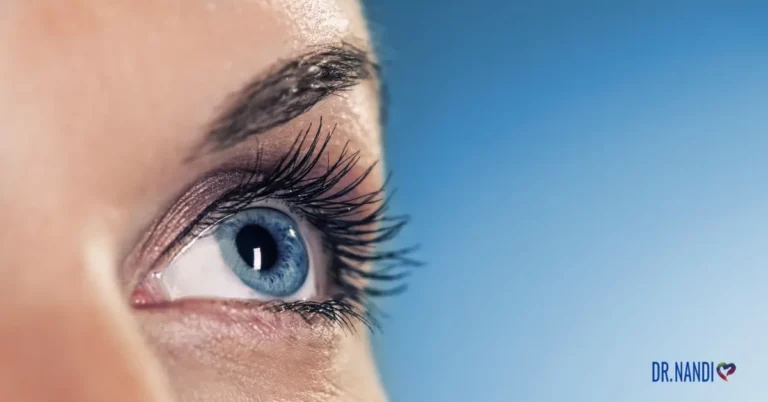On November 9, 1989, a stunned audience watched the fall of the Berlin Wall live on television. This was an unprecedented event with global implications, and the whole world was glued to their screens as it unfolded.
However, while most of us observed this game-changing world occurrence in awe, Dr. Erika von Mutius wondered about something else: comparing the rate of asthma and allergies between East and West Germany now that the wall was down. She wanted to test the “hygiene hypothesis.”
The Hygiene Hypothesis
The epidemiology professor David P. Strachan first introduced the hygiene hypothesis in the British Medical Journal in 1980. Through his research, Strachan found out that children from larger households had fewer cases of hay fever due to exposure to older siblings’ germs. His findings led him to more research, where he concluded that the lack of early childhood exposure to a certain number of pathogens at home would increase the individual’s predisposition to disease (1)
Cleanliness and Immune System
The hygiene hypothesis has prevailed for some time, mainly due to the rapid rise of atopic diseases such as allergies and asthma in the developed world. This phenomenon started in the 1960s and progressively increased every decade. Some scientists are investigating if there is indeed a direct relationship between excessive cleanliness and impaired childhood immunity.
Researchers point out that the hygiene hypothesis came from analyzing the relation between atopy, family size, and birth order instead of observations of infection. The theory assumes that these factors were consequential for disease. (2)
Allergic diseases like hay fever, food allergies, and asthma affect more than 24 million people in the United States alone. Of this number, 6 million are children. (3)
Too Clean or Too Dirty
As the hygiene hypothesis states, a spotless household may hamper the development of the immune system during early childhood leading to a wide range of inflammatory diseases. If this was the source of the problem, then it should follow that going in the opposite direction will resolve this problem. However, it is not that simple.
This conflict between cleanliness and exposure can undoubtedly cause confusion for parents looking after their child’s wellbeing. Many microbes like E. coli and salmonella can make children seriously ill, therefore the argument for the importance of keeping a clean environment can be made.
Biodiversity Is the Key
Researchers concerned about this matter and trying to reconcile the gap between the idea of cleanliness and microbial input came up with four key points to consider that refute the old picture painted by the hygiene hypothesis.
- The pathogens found in the typical household are not the ones required to build immunity.
- Vaccines not only protect us from infectious diseases, but they also help to fortify our immune system and make it less vulnerable to harmful microorganisms.
- Evidence demonstrates that microbes found in our natural surroundings are fundamental for our health.
- Researchers discover an association between allergies and exposure to harmful cleaning products more than the removal of pathogens in the household. (4)
So, the idea that modern Western society is too clean for its own good can be tossed out the window. Instead, microbes from our natural environment, together with vaccines and a clean household, can be beneficial for the healthy development of the immune system.
Find out how you can ensure your immune system stays in top form with health insights from Dr. Nandi’s newsletter.
Sources:



















